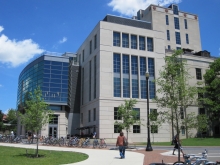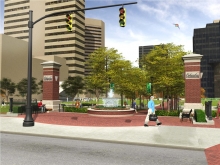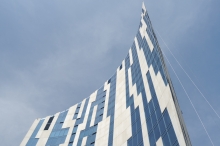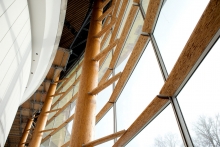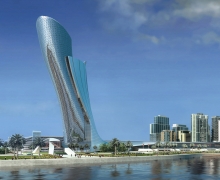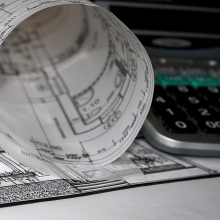Forecasting the Green Job Market
With the United States trying to pull itself out of a recession, something must be done to create more jobs. Some believe the green job market is the key to the future. And so, I have taken some well spread out snapshots examining the prospect of the green job market in this country.

